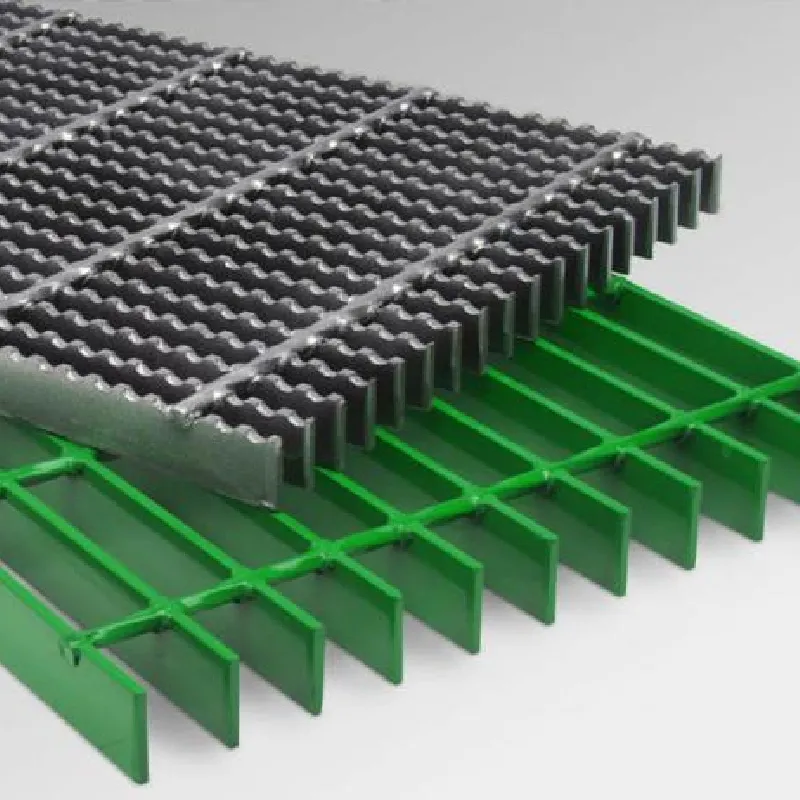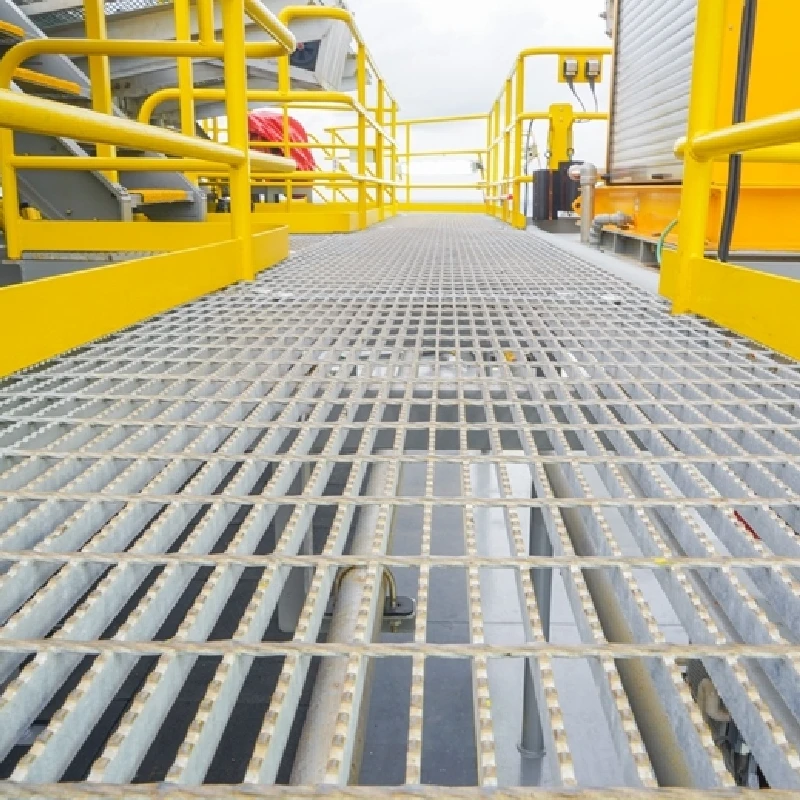- Industrial zone, South of Anping Town, Hengshui, Hebei, China.
- sales@hfpetromesh.com
- +86-18931809706
 Afrikaans
Afrikaans  Albanian
Albanian  Amharic
Amharic  Arabic
Arabic  Armenian
Armenian  Azerbaijani
Azerbaijani  Basque
Basque  Belarusian
Belarusian  Bengali
Bengali  Bosnian
Bosnian  Bulgarian
Bulgarian  Catalan
Catalan  Cebuano
Cebuano  Corsican
Corsican  Croatian
Croatian  Czech
Czech  Danish
Danish  Dutch
Dutch  English
English  Esperanto
Esperanto  Estonian
Estonian  Finnish
Finnish  French
French  Frisian
Frisian  Galician
Galician  Georgian
Georgian  German
German  Greek
Greek  Gujarati
Gujarati  Haitian Creole
Haitian Creole  hausa
hausa  hawaiian
hawaiian  Hebrew
Hebrew  Hindi
Hindi  Miao
Miao  Hungarian
Hungarian  Icelandic
Icelandic  igbo
igbo  Indonesian
Indonesian  irish
irish  Italian
Italian  Japanese
Japanese  Javanese
Javanese  Kannada
Kannada  kazakh
kazakh  Khmer
Khmer  Rwandese
Rwandese  Korean
Korean  Kurdish
Kurdish  Kyrgyz
Kyrgyz  Lao
Lao  Latin
Latin  Latvian
Latvian  Lithuanian
Lithuanian  Luxembourgish
Luxembourgish  Macedonian
Macedonian  Malgashi
Malgashi  Malay
Malay  Malayalam
Malayalam  Maltese
Maltese  Maori
Maori  Marathi
Marathi  Mongolian
Mongolian  Myanmar
Myanmar  Nepali
Nepali  Norwegian
Norwegian  Norwegian
Norwegian  Occitan
Occitan  Pashto
Pashto  Persian
Persian  Polish
Polish  Portuguese
Portuguese  Punjabi
Punjabi  Romanian
Romanian  Russian
Russian  Samoan
Samoan  Scottish Gaelic
Scottish Gaelic  Serbian
Serbian  Sesotho
Sesotho  Shona
Shona  Sindhi
Sindhi  Sinhala
Sinhala  Slovak
Slovak  Slovenian
Slovenian  Somali
Somali  Spanish
Spanish  Sundanese
Sundanese  Swahili
Swahili  Swedish
Swedish  Tagalog
Tagalog  Tajik
Tajik  Tamil
Tamil  Tatar
Tatar  Telugu
Telugu  Thai
Thai  Turkish
Turkish  Turkmen
Turkmen  Ukrainian
Ukrainian  Urdu
Urdu  Uighur
Uighur  Uzbek
Uzbek  Vietnamese
Vietnamese  Welsh
Welsh  Bantu
Bantu  Yiddish
Yiddish  Yoruba
Yoruba  Zulu
Zulu
- Afrikaans
- Albanian
- Amharic
- Arabic
- Armenian
- Azerbaijani
- Basque
- Belarusian
- Bengali
- Bosnian
- Bulgarian
- Catalan
- Cebuano
- Corsican
- Croatian
- Czech
- Danish
- Dutch
- English
- Esperanto
- Estonian
- Finnish
- French
- Frisian
- Galician
- Georgian
- German
- Greek
- Gujarati
- Haitian Creole
- hausa
- hawaiian
- Hebrew
- Hindi
- Miao
- Hungarian
- Icelandic
- igbo
- Indonesian
- irish
- Italian
- Japanese
- Javanese
- Kannada
- kazakh
- Khmer
- Rwandese
- Korean
- Kurdish
- Kyrgyz
- Lao
- Latin
- Latvian
- Lithuanian
- Luxembourgish
- Macedonian
- Malgashi
- Malay
- Malayalam
- Maltese
- Maori
- Marathi
- Mongolian
- Myanmar
- Nepali
- Norwegian
- Norwegian
- Occitan
- Pashto
- Persian
- Polish
- Portuguese
- Punjabi
- Romanian
- Russian
- Samoan
- Scottish Gaelic
- Serbian
- Sesotho
- Shona
- Sindhi
- Sinhala
- Slovak
- Slovenian
- Somali
- Spanish
- Sundanese
- Swahili
- Swedish
- Tagalog
- Tajik
- Tamil
- Tatar
- Telugu
- Thai
- Turkish
- Turkmen
- Ukrainian
- Urdu
- Uighur
- Uzbek
- Vietnamese
- Welsh
- Bantu
- Yiddish
- Yoruba
- Zulu
फेब्रुवारी . 16, 2025 11:27
Back to list
Steel Grating
Metal floor grates are essential components in various architectural and industrial settings, offering both functional and aesthetic benefits. Designed to withstand heavy loads while allowing efficient drainage and ventilation, these grates are integral to safety and maintenance in both commercial and residential applications. Choosing the right metal floor grate is a critical decision that hinges on understanding their materials, design, and specific use cases.
Installation and maintenance are crucial aspects influencing the longevity and performance of metal floor grates. Professional installation ensures that grates are securely fastened and level, preventing accidents from unforeseen dislodging or tipping. Regular maintenance is equally important and involves cleaning, checking for early signs of wear or corrosion, and repairing or replacing components as necessary. In environments that involve corrosive substances or heavy moisture, maintaining a regular cleaning schedule with appropriate agents will extend the lifespan of the grate significantly. The aesthetic role of metal floor grates should not be underestimated. With custom finishes and designs, these grates can enhance the visual appeal of a space. Options such as polished stainless steel provide a modern look, while powder-coated finishes offer various color schemes to match decor themes. Industrial applications can also benefit from custom branding, where corporate logos or specific patterns can be integrated into the grate design, contributing to brand identity and visibility. Metal floor grates play a pivotal role in combining utility with design, making them a significant element of both modern and traditional spaces. Their capacity to balance practical requirements with aesthetic considerations underscores their value in architectural and industrial applications. By choosing the appropriate material, design, and installation method, these grates not only meet functional demands but also enhance the overall environment where they are installed. In summary, the expertise needed to select and manage metal floor grates effectively lies in understanding the nuances of their applications, materials, designs, and maintenance needs. The authority of choice comes from informed decisions that prioritize safety, functionality, and aesthetics, reinforcing trust in their performance and longevity. Whether planning for new construction or renovating existing spaces, incorporating the right metal floor grates ensures a blend of resilience, efficiency, and visual appeal, aligning with today’s architectural and industrial standards.


Installation and maintenance are crucial aspects influencing the longevity and performance of metal floor grates. Professional installation ensures that grates are securely fastened and level, preventing accidents from unforeseen dislodging or tipping. Regular maintenance is equally important and involves cleaning, checking for early signs of wear or corrosion, and repairing or replacing components as necessary. In environments that involve corrosive substances or heavy moisture, maintaining a regular cleaning schedule with appropriate agents will extend the lifespan of the grate significantly. The aesthetic role of metal floor grates should not be underestimated. With custom finishes and designs, these grates can enhance the visual appeal of a space. Options such as polished stainless steel provide a modern look, while powder-coated finishes offer various color schemes to match decor themes. Industrial applications can also benefit from custom branding, where corporate logos or specific patterns can be integrated into the grate design, contributing to brand identity and visibility. Metal floor grates play a pivotal role in combining utility with design, making them a significant element of both modern and traditional spaces. Their capacity to balance practical requirements with aesthetic considerations underscores their value in architectural and industrial applications. By choosing the appropriate material, design, and installation method, these grates not only meet functional demands but also enhance the overall environment where they are installed. In summary, the expertise needed to select and manage metal floor grates effectively lies in understanding the nuances of their applications, materials, designs, and maintenance needs. The authority of choice comes from informed decisions that prioritize safety, functionality, and aesthetics, reinforcing trust in their performance and longevity. Whether planning for new construction or renovating existing spaces, incorporating the right metal floor grates ensures a blend of resilience, efficiency, and visual appeal, aligning with today’s architectural and industrial standards.
Share
Prev:
Latest news
-
Welded Steel Bar Grating: The Rugged Industrial Flooring Solution Built for Load and LongevityNewsJun.24,2025
-
Steel Walkway Grating: Reliable, Resilient, and Built for Every StepNewsJun.24,2025
-
Shale Shaker Screen for Sale: Optimize Drilling Efficiency with Precision Screening PowerNewsJun.24,2025
-
Shaker Screen for Sale: Elevate Your Drilling Efficiency with Durable Separation SolutionsNewsJun.24,2025
-
Press Locked Steel Grating: Industrial Strength with Precision Fit for Heavy-Duty ApplicationsNewsJun.24,2025
-
Perimeter Safety Netting: The Critical Safety Upgrade for Every HelipadNewsJun.24,2025